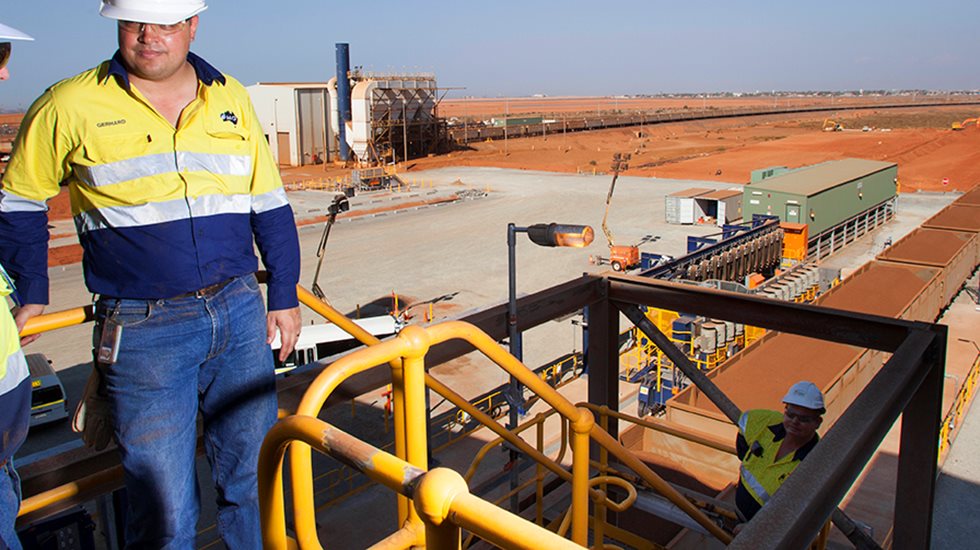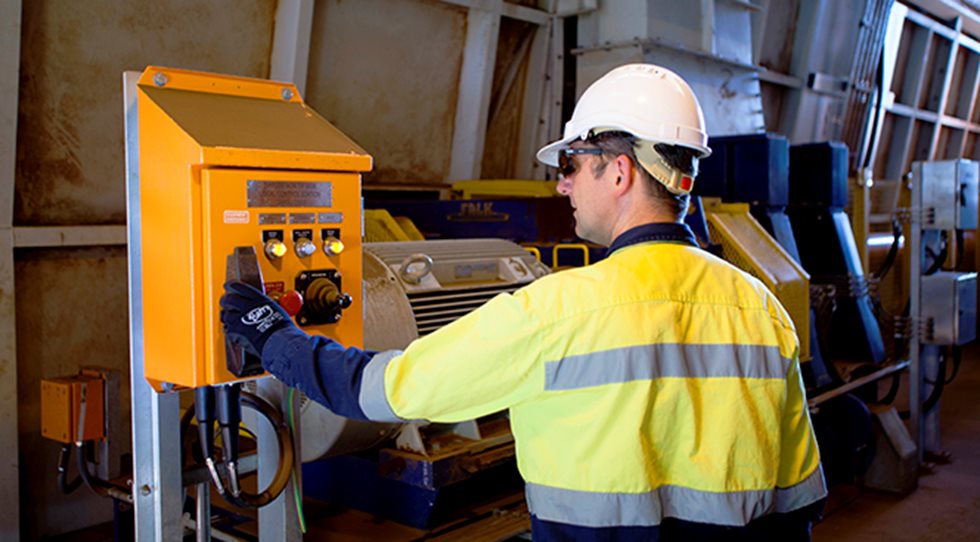From humble beginnings in 2003, Fortescue Metals Group has grown into the world’s fourth-largest iron ore producer. Its first mining operations started in the Pilbara region of North Western Australia at the Cloudbreak mine in August 2007, with the construction of all mine, rail and port infrastructure reaching completion in 2008.
In 2010, Fortescue approved an ambitious expansion project to triple production to 155 million metric tons per annum (mtpa). The US$9 billion project not only includes an expansion of mining operations at the Chichester Hub and a greenfield development at Solomon but also an expansion of the company’s port, train unloading capacity and main rail network as well as a new line to Solomon.
Unloader delivered ahead of schedule
“The problem was that we had more mining and shipping capacity than dumping capacity”, Gerhard Veldsman, Fortescue Metals Group General Manager – Port, explains.
On the back of the reliable performance of its first Metso twin-cell, tandem train unloader commissioned in 2008, Fortescue awarded Metso a contract to supply two more identical systems.
The first of the two new unloaders, TU602, was commissioned ahead of schedule in mid-September and the second, TU603, in November 2012.
Gerhard Veldsman says it was crucial that TU602 was delivered on or ahead of schedule and that the ramp up had to go well, because the business was experiencing a “real bottleneck” when it came to unloading trains.
“It was delivered two weeks early, which was fantastic. The original ramp-up schedule was meant to be eight weeks, but we shortened that to six and we did it in four,” Gerhard Veldsman explains.
The early delivery of the second train unloader resulted in Fortescue being able to dump 580,000 tons of unbudgeted ore in September.
“At $100 a ton, that’s $58 million in extra revenue that we hadn’t counted on. So the early delivery helped cover our capital investment,” Veldsman continues.
“The arrangement provides lots of flexibility”
According to Fortescue’s Operational Readiness and Commissioning Manager Mark Shirley, the system provides lots of flexibility, along with failsafe measures to protect staff and to guard against downtime and production loss.
“It’s certainly very easy to utilize the redundancy that’s provided by the new train unloaders by simply switching from one to another. Each train unloader is able to link with at least two stackers, providing operational flexibility. This is one advantage of having the three up and running.”
“What we want to do is keep train unloader three in a ready state so that within 24 hours we can fire up and run it if we need to. So certainly the arrangement that we have provides a lot of flexibility.”
Significant safety benefits
Safety is a top priority for Fortescue, and the team has worked with Metso to ensure maintenance personnel are kept out of harm’s way.
“Our scheduled shut-down happens every 12 weeks where we work mainly on conveyor belt maintenance and on the chutes,” says Mark Shirley.
“We have trialed a new idea with TU602 and TU603 where we’ve located the hydraulic power units off-board – on TU601 they’re actually on the tippler cell itself, which creates a few maintenance issues. So we’ve taken the power packs off the tipplers and we’ve just got hoses running to them now.”
“This means the maintenance technicians no longer have to go onto the tippler itself, and thus a couple of the major hazards we had identified in our business are completely removed. With safety being our number-one priority, the associated safety benefits are significant,” Shirley emphasizes.

